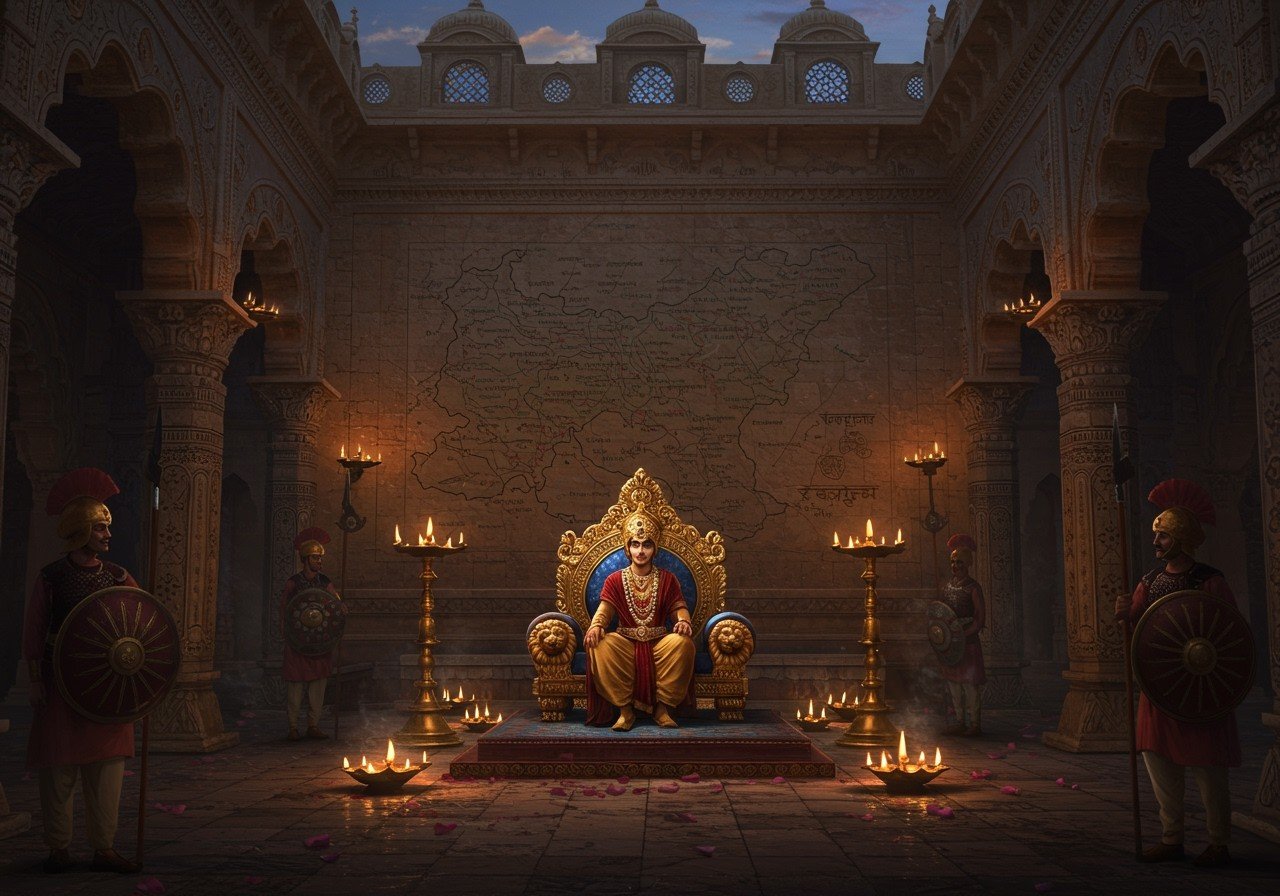
The Haryanka Dynasty, a pivotal force in ancient India, significantly shaped the Magadha region’s history from 544 BC to 413 BC. This article delves into the dynasty’s origins, highlighting key rulers, achievements, and the eventual decline, offering valuable insights into India’s early political and cultural landscape.
Origins and Rise of the Haryanka Dynasty
The Haryanka Dynasty emerged around 544 BCE in Magadha, present-day Bihar. Bimbisara, the founder, solidified his power through strategic alliances, often forged through marriages, and implemented administrative reforms, laying a robust foundation for the dynasty’s future. Rajagriha (modern-day Rajgir), the initial capital, flourished as a hub of economic prosperity and trade under Bimbisara’s governance.
Key Rulers and Their Contributions
Bimbisara’s reign saw Magadha’s territorial expansion through military conquests. His son, Ajatashatru, continued this expansion, introducing military innovations like war chariots and catapults. He also fortified Rajagriha, bolstering its defenses. Udayin, a later ruler, shifted the capital to Pataliputra (modern-day Patna), marking a significant transition.
Cultural and Religious Influence
The Haryanka Dynasty profoundly impacted ancient India’s cultural and religious landscape. Bimbisara and Ajatashatru championed Buddhism, with Rajagriha becoming a prominent center for Buddhist teachings. Their patronage extended to Jainism and its 24th Tirthankara, Mahavira, fostering religious diversity. The era witnessed architectural advancements, including the construction of stupas and monasteries.
The Downfall of the Haryanka Dynasty
Internal conflicts and power struggles within the royal family weakened the dynasty’s grip. External threats from neighboring kingdoms further exacerbated the situation. The assassination of Nagadasaka by his minister, Shishunaga, in 413 BC marked the end of the Haryanka reign, giving rise to the Shishunaga Dynasty. Declining administrative control and economic instability also contributed to the dynasty’s downfall.
FAQs on the Haryanka Dynasty
How did the Haryanka Dynasty come to power? Bimbisara ascended to the throne of Magadha around 544 BC, marking the beginning of the Haryanka Dynasty. He focused on expanding the kingdom’s territory and establishing a strong administrative system.
Who were the most influential Haryanka rulers? Bimbisara, the founder, Ajatashatru, his son, and Udayin, known for moving the capital, were pivotal figures in the dynasty’s history, each contributing significantly to its rise and reign.
What were the key achievements of the Haryanka Dynasty? The dynasty oversaw substantial territorial expansion, the development of robust trade routes, and the flourishing of both Buddhism and Jainism under their patronage.
What ultimately led to the decline of the Haryanka Dynasty? A combination of internal power struggles, external threats from neighboring kingdoms, and the assassination of Nagadasaka by Shishunaga led to the dynasty’s downfall. Economic instability also played a role in weakening the kingdom.
Which dynasty succeeded the Haryankas? The Shishunaga Dynasty rose to power after the assassination of Nagadasaka, marking the end of Haryanka rule in Magadha.
Explore Authentic Ritual Items at Poojn.in
Delving into the Haryanka Dynasty and ancient India’s spiritual heritage? Poojn.in, India’s leading cultural goods store, offers a wide selection of authentic items for your rituals and practices. Explore our collection, which includes:
- Pure Copper and Brass Items: Discover a range of exquisitely crafted pure copper and brass items ideal for your daily puja rituals, adding a touch of tradition to your spiritual practices.
- Traditional Bell Metal Utensils: Find authentic bell metal utensils for sacred ceremonies, ensuring the preservation of traditional practices for generations to come.
- Dhoop and Agarbatti: Enhance your meditation and spiritual practices with our selection of traditional dhoop and agarbatti, creating a serene and sacred atmosphere.
- Handcrafted Puja Thalis: Poojn.in offers beautifully handcrafted puja thalis by skilled artisans, perfect for performing traditional ceremonies with reverence and authenticity. Our puja thalis are crafted with meticulous detail and come in various designs and sizes to suit your needs.
Experience the rich spiritual heritage of India with authentic products from Poojn.in. We provide detailed usage instructions and ensure safe delivery across India.
Further explore the architectural wonders of ancient India with our insightful articles on:
Enhance your puja experience with these relevant products from Poojn.in:


